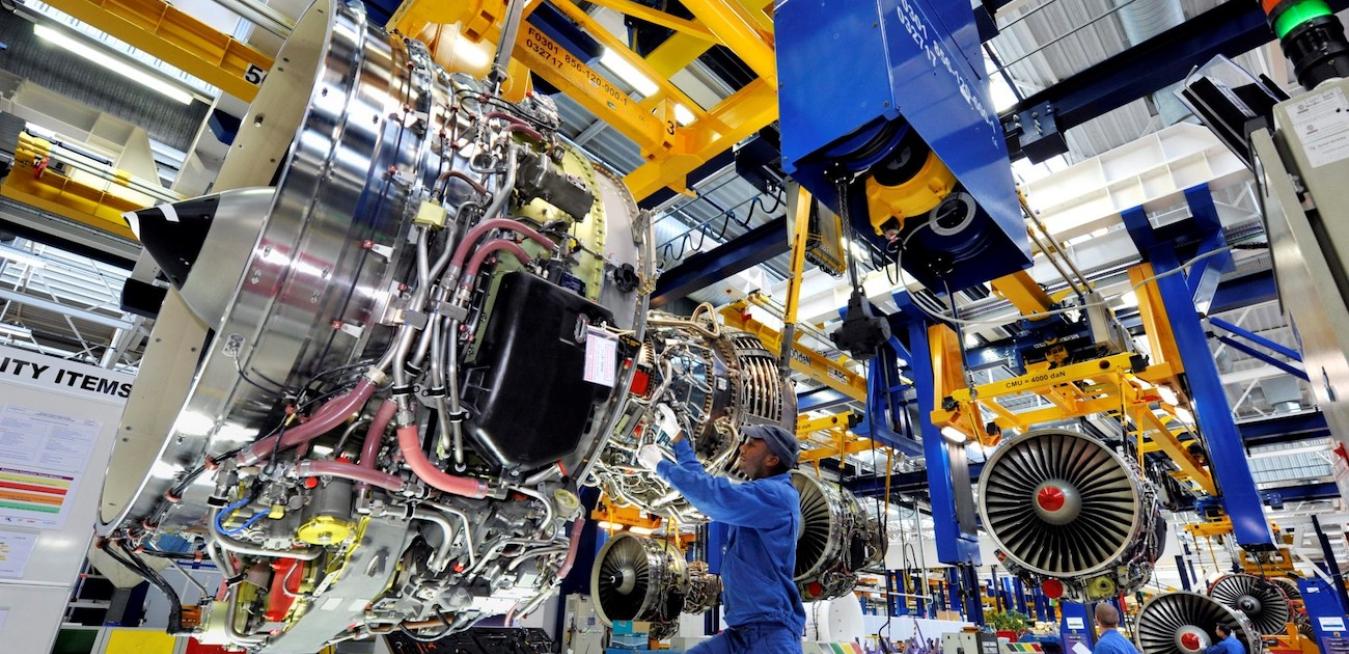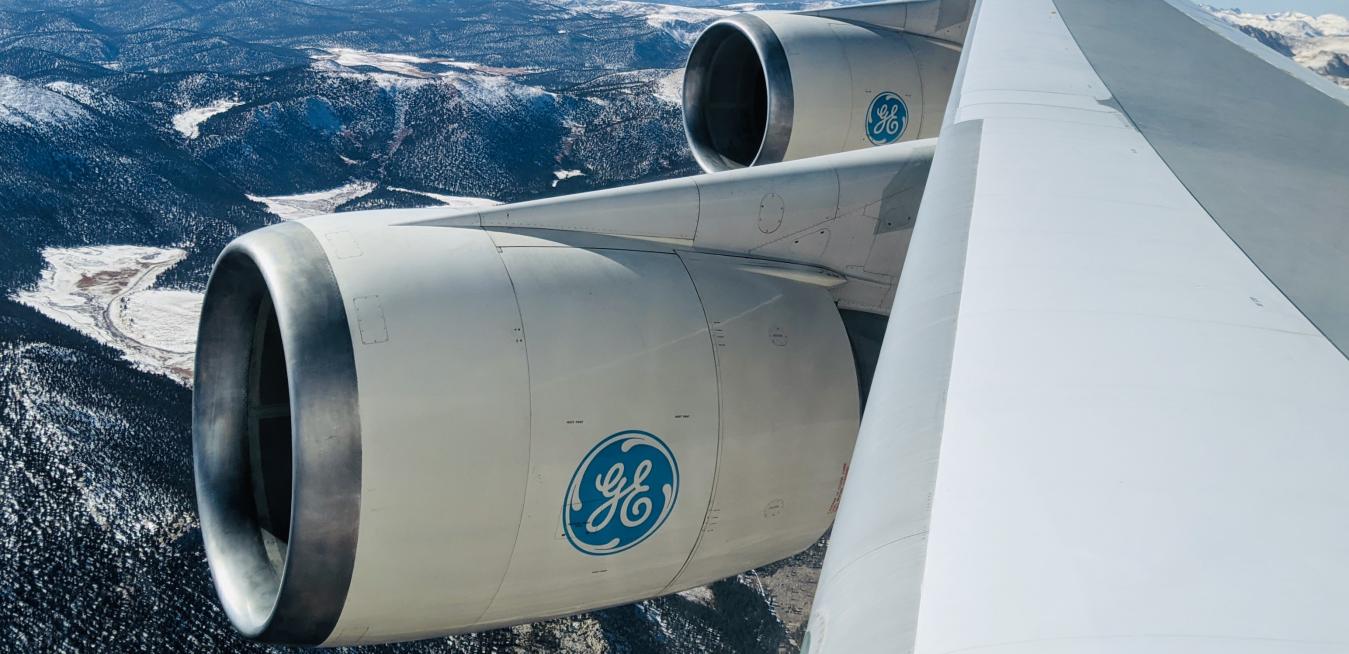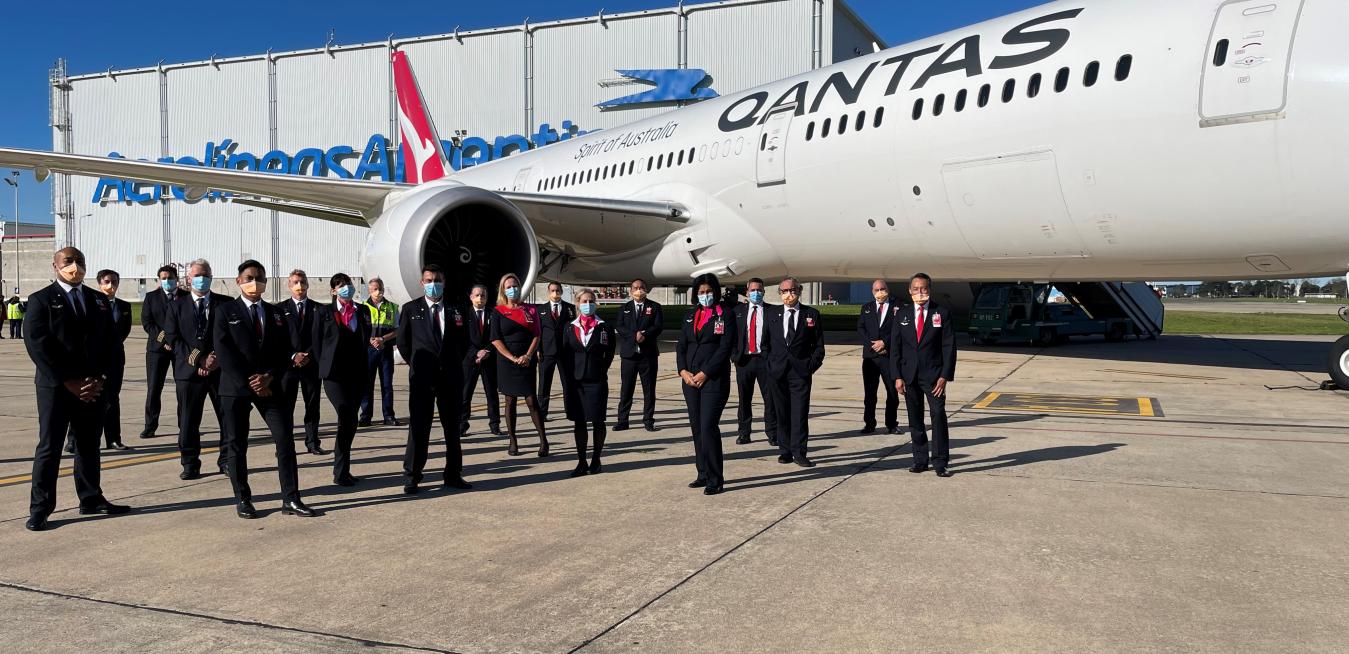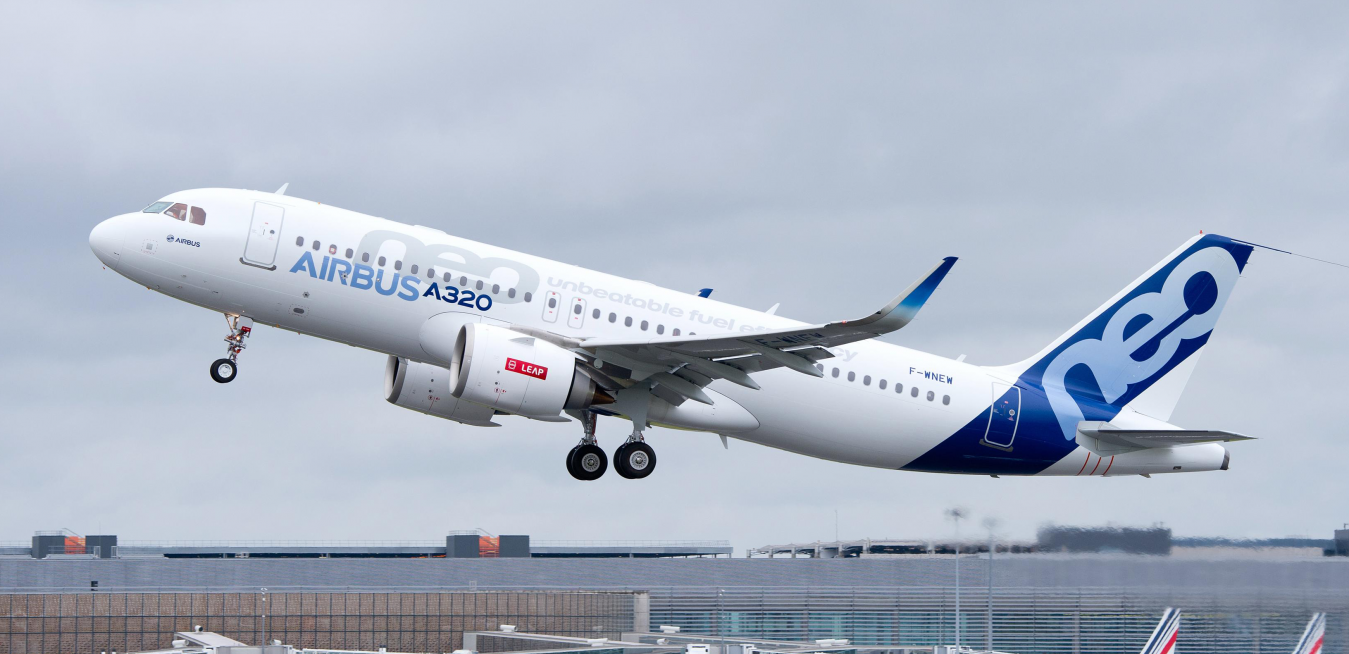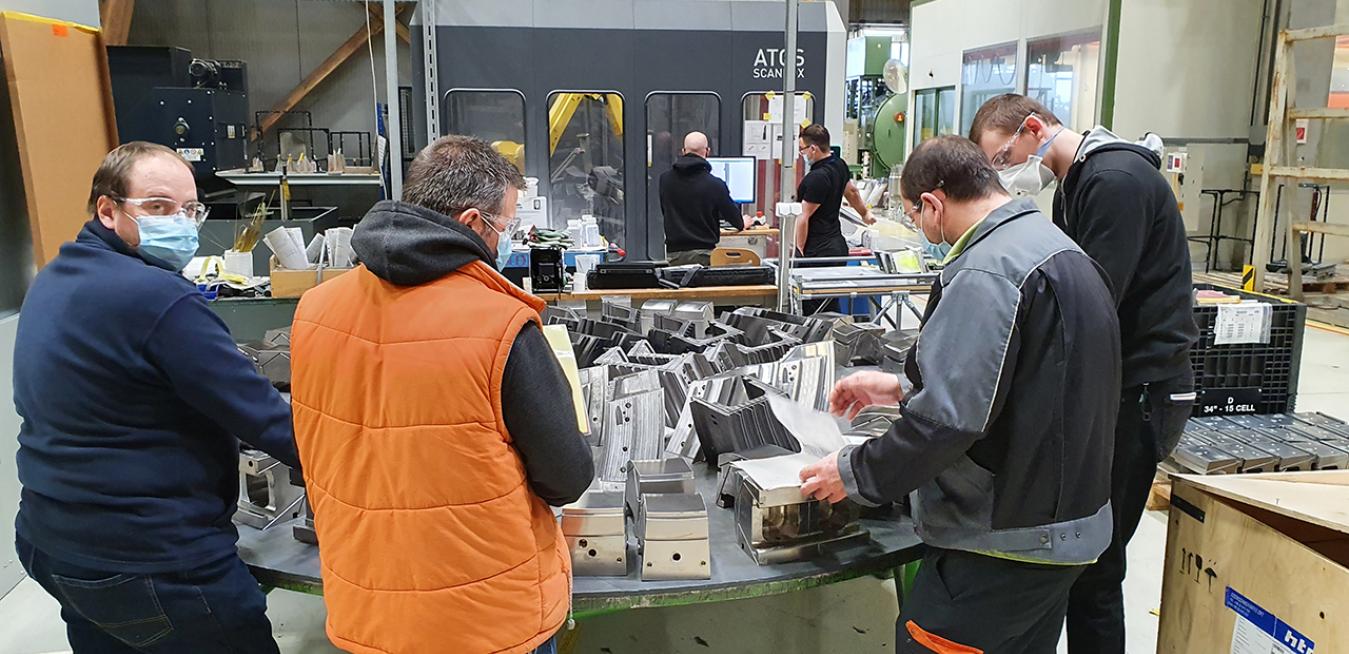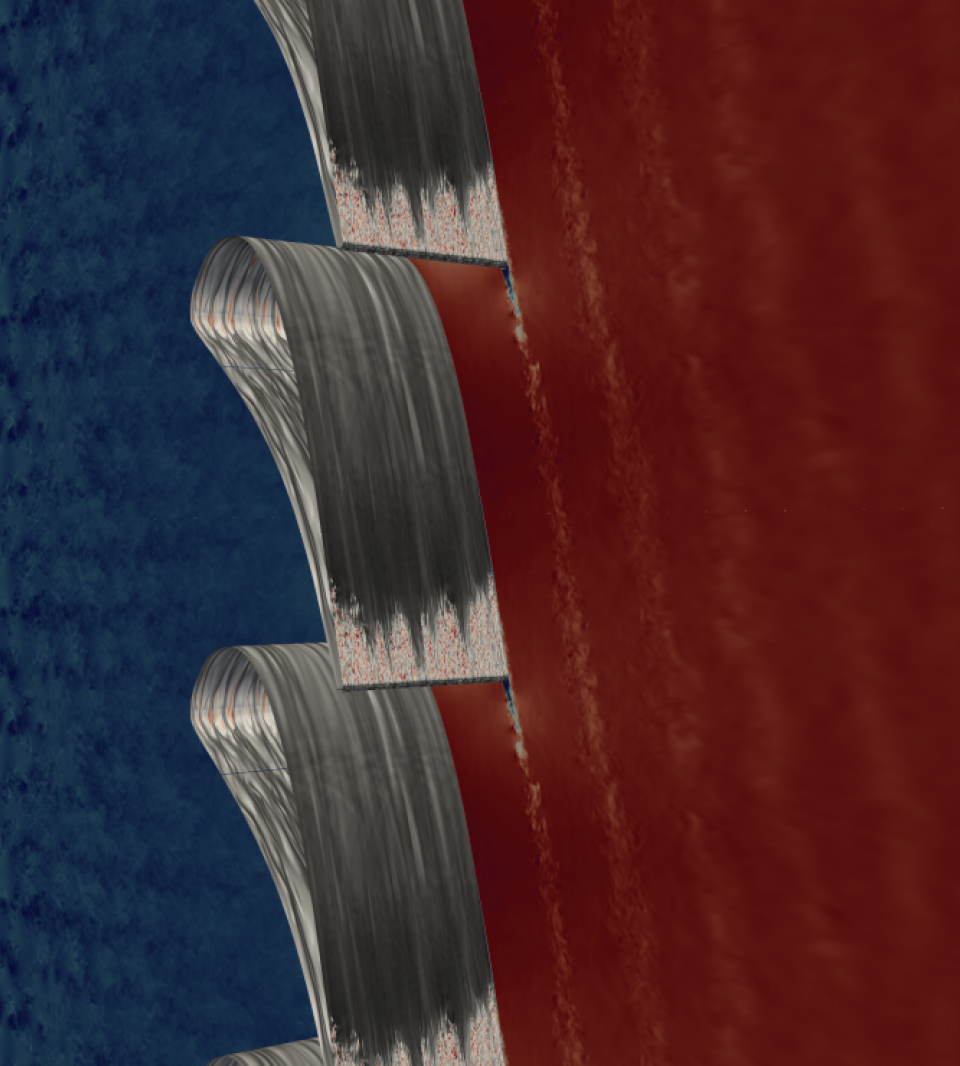Service before self.
That was the message Gabrielle “Gabbe” Kearney, a GE Aviation lead security analyst, heard throughout her upbringing. Her father, Brig. Gen. Ron Wilson, had a full-time job with the National Guard, but also found time to volunteer with the PTA and fire department, coach youth sports and work part time for American Airlines.
“He is so selfless,” Gabbe says. “Growing up, I just wanted to be like that.”
When Gurhan Andac was growing up in Ankara, Turkey, he dreamed of designing big ships or locomotives. Then, during his senior year at college, a professor showed the class a video about gas turbine jet engines, and he was converted. He decided to apply for graduate school abroad and was accepted into the University of Southern California’s engineering program. To help him plan his education, he wrote to GE to ask for advice, knowing it was a place where he might be able to pursue that career someday.
If you’re flying 13 hours nonstop from Los Angeles to Sydney on a business jet, the time will come when you’ll want to take a break from work and lie down to watch some TV, nosh some just-out-of-the-oven pastries, grab a cold beer from the fridge or all of the above. In other words, enjoy the comforts of home at 41,000 feet.
In the 1940s, it took a Qantas flight more than four days and seven stops to fly from Australia to London. In 2018, a Qantas Boeing 787 Dreamliner named Emily, powered by a pair of GE jet engines, covered the 14,498 kilometers that separate the port city of Perth and London in 17 hours and 20 minutes, setting a record for a scheduled flight by the airline.
It may feel like the end of an era in Berlin these days, with Angela Merkel stepping down as Germany’s leader after 16 years. But if you are an aviation fan, the German capital may have just witnessed the beginning of a new one.
A new agreement between China’s Air Travel and jet engine-maker CFM International will help the airline expand its growing fleet. Valued at $992 million at U.S. list price, the 12-year, rate-per-flight-hour agreement will “support the smooth operation of [Air Travel’s Airbus] A320neo aircraft to be introduced in the future.” These more efficient, single-aisle passenger jets use CFM’s LEAP-1A engines.
The transition to cleaner sources of energy is one place where GE is helping decarbonize the world and address climate change. Another area involves aviation. GE spent $1.8 billion in 2020 on aviation research and development, including new advanced materials and technologies that can help cut fuel consumption, emissions and even enable hybrid electric design, says John Slattery, president and CEO of GE Aviation.
In the 1970s, a team of researchers from the Massachusetts Institute of Technology traveled to Japan to figure out why that country’s automakers were delivering cars faster than their competitors in Detroit. Their search led them to Toyota and its Toyota Production System — a set of management principles focused on boosting safety, quality and efficiency, reducing waste and creating more value with fewer resources.
High-pressure turbines are complex pieces of engineering and vital components of gas turbines used to propel jet engines. The more efficient these jet engines are, the better the outcomes for the aircraft industry. The turbine blades rotate behind the combustion chamber in an engine, and they must endure the hot gas that spews out, accelerating them to high speeds. Because they are crucial to powering aircraft, scientists aim to study them in extreme detail to achieve greater operating efficiency and thus cost savings.





